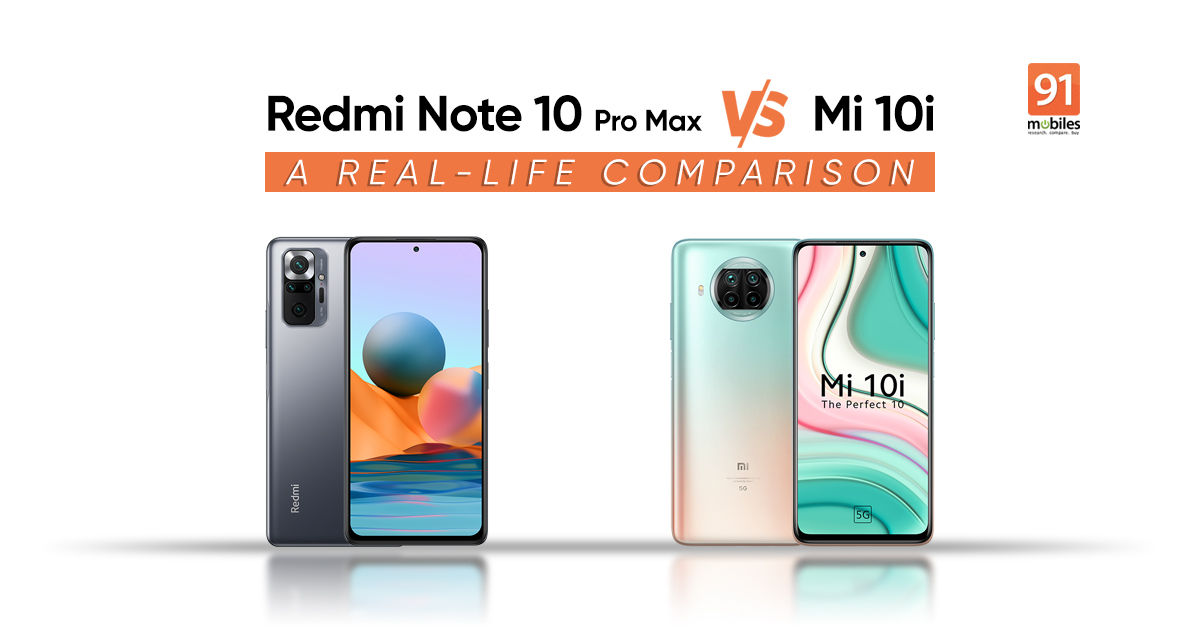
Looking for a very good phone in the vicinity of Rs 20,000? It is a fair chance that the first two names that will come to most people’s minds would the just-launched Redmi Note 10 Pro Max, which starts just below that price point at Rs 18,999 and the Mi 10i, which starts just above it at Rs 20,999. Both sport 108-megapixel cameras, both come with displays with 120Hz refresh rates, and both have big batteries as well. So which is the one for you? Let me try to work it out.
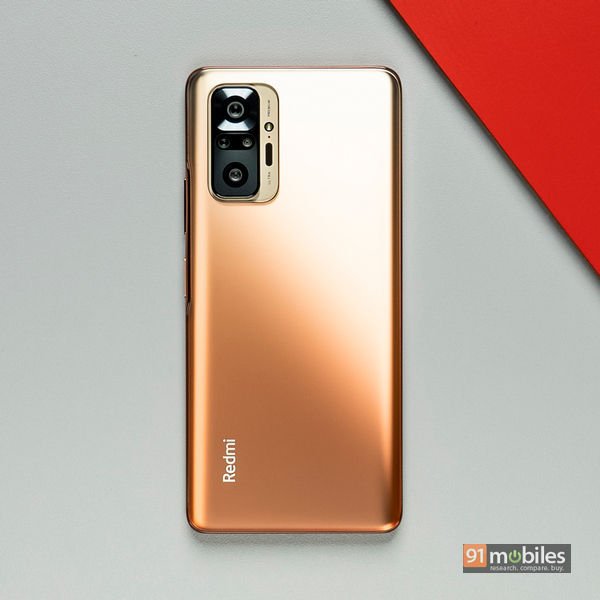
Design and appearance – Classy, Glassy both!
Both phones are very smart looking and come with glass backs. However, the finish on both is very different, with the 10 Pro Max having a frosted glass touch while the Mi 10i has a slightly more shiny look to it.
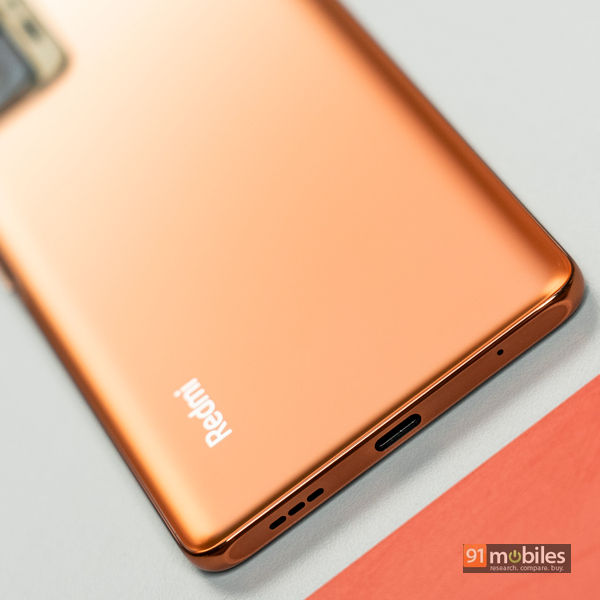
Both have one very interesting shade – the Note 10 Pro Max’s Vintage Bronze (above) and the Mi 10i’s Pacific Sunrise (below). Which one you like more is likely to boil down to personal preference as design is super subjective, but the Note 10 Pro Max is significantly lighter (192 grammes as against 214 grammes), slimmer (8.1 mm as against 9 mm) and also a little less tall (164.5 mm as compared to 165.3 mm), so we guess it has a slight edge here.
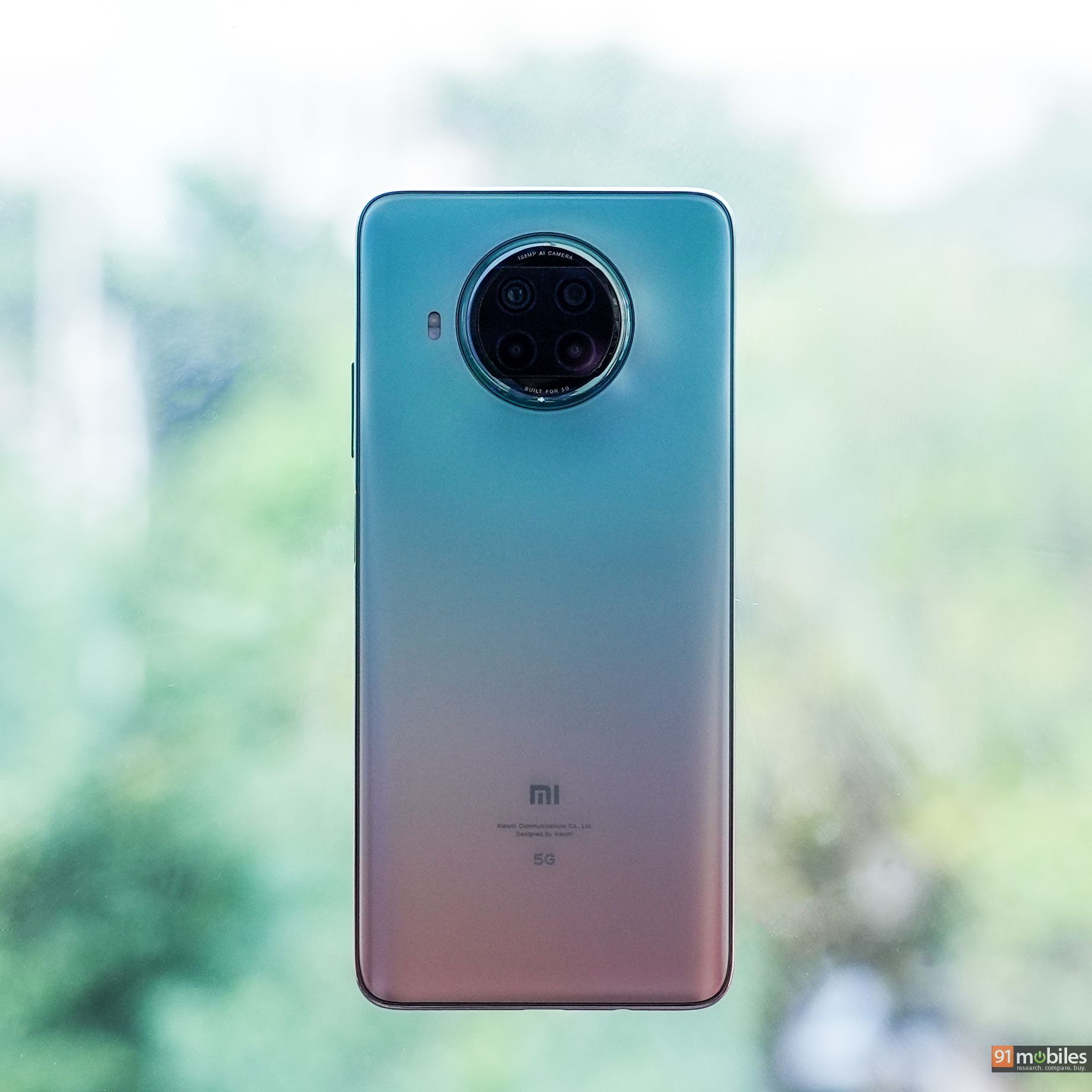
Mind you, it is very subjective – the spherical camera unit and the Pacific Sunrise variant make the Mi 10i one of the most distinctive phones out there. Incidentally, both are splash resistant.
Winner: Redmi Note 10 Pro Max
Display – AMOLED vs LCD

Both phones come with 6.67-inch full HD+ displays with 120Hz refresh rate, and Gorilla Glass 5 protection. However, there the similarity ends, for the Redmi Note 10 Pro Max has a Super AMOLED display while the Mi 10i sticks to an LCD. That said, the Mi 10i does have adaptive sync which means the refresh rate of the display adjusts according to the content being shown on it, while the Note 10 Pro Max can work at either 120Hz or 60Hz. That does have an impact on battery life as we will see later. But in terms of sheer viewing pleasure, the Redmi Note 10 Pro Max has a clear edge here – it is a much brighter and more colourful display, although those who like more realistic shades might prefer the Mi 10i.
Winner: Redmi Note 10 Pro Max
Processor – 750 of one, 732 of another

The Mi 10i gets on the scoreboard. The phone is powered by a Qualcomm Snapdragon 750G chip which is a clear notch above the slightly older Snapdragon 732G on the Redmi Note 10 Pro Max. Yes, the 732G is a very competent processor, but the 750G is markedly superior.
Winner: Mi 10i.
RAM and Storage – dedicated slot wins the day
Both devices are exact carbon copies of each other in terms of RAM and storage. Both come with LPDDRx4 RAM and UFS 2.2 storage, and RAM and storage variants of 6/64, 6/128 and 8/128. However, there is one significant difference – while both phones come with support for microSD cards, the Mi 10i has a hybrid SIM slot for it, while the Note 10 Pro Max has a dedicated slot for it. And that wins this round for the Note.
Winner: Redmi Note 10 Pro Max
Cameras – a tale of two 108MP sensors

Perhaps the most asked about point of comparison. Both phones come with quad-camera setups, and both have a 108-megapixel Samsung HM2 sensor as the main camera, and an 8-megapixel ultrawide sensor. But while the Mi 10i has a 2-megapixel depth sensor and a 2-megapixel macro sensor, the Redmi Note 10 Pro Max has a 5-megapixel macro sensor and a 2-megapixel depth sensor. On the flip side, the 108-megapixel sensor of the Mi 10i has a slightly larger aperture (f1/.18) as compared to the Note 10 Pro Max (f 1/1.9) and also is a 7P lens as compared to a 6P one on the 10 Pro Max. Does it show up in terms of performance? Well, in my book, the Mi 10i just edges out the Note 10 Pro Max with more detail and more consistent performance overall, although the 10 Pro Max often delivers brighter (if slightly unrealistic) colours.
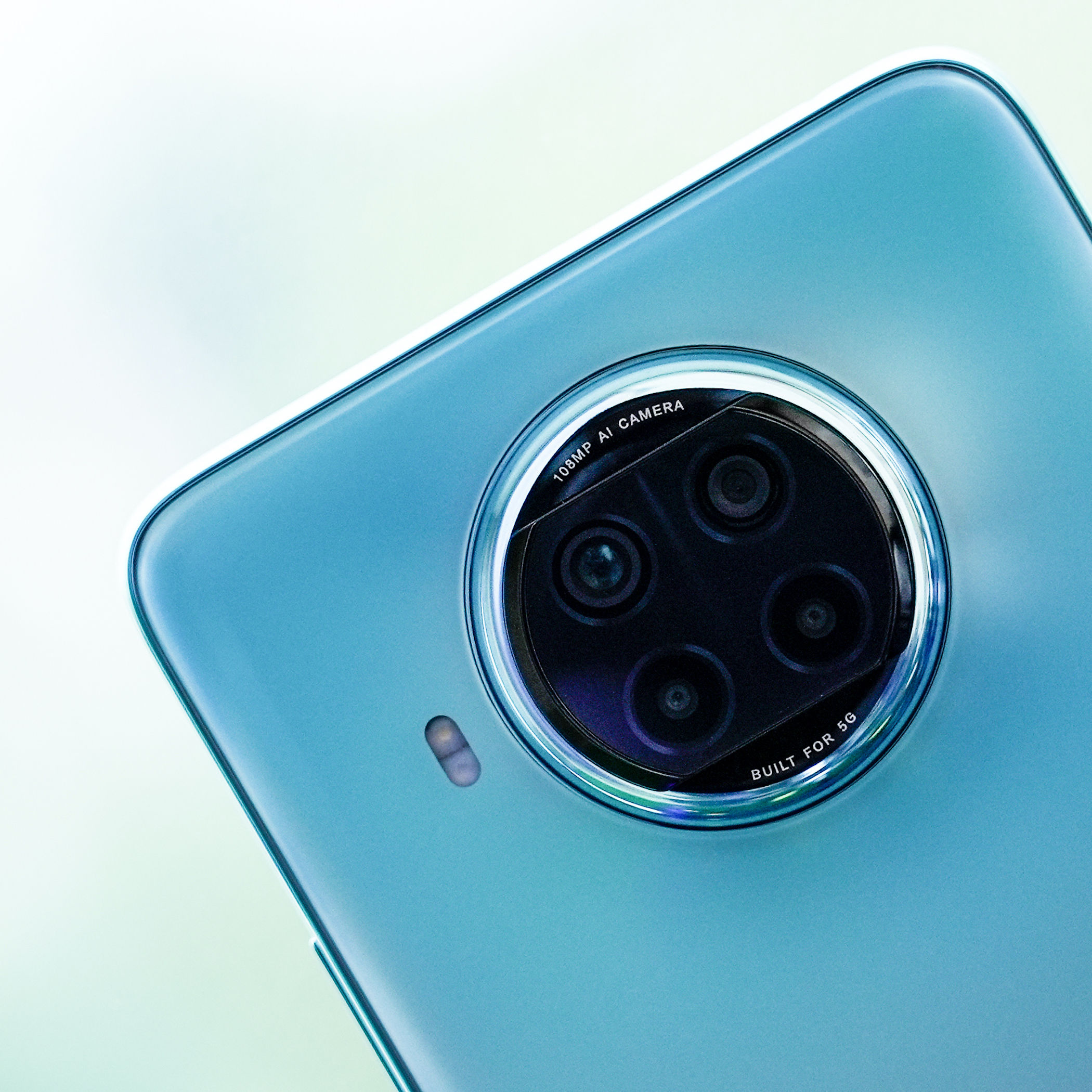
Winner: Mi 10i
Gaming and multimedia – chips take charge
This gets very interesting. Its brighter display does make the Redmi Note 10 Pro Max a better option for watching content, but the stereo speakers on the Mi 10i seem to have higher volumes (and slightly better audio quality) than on the Note. The Mi 10i’s processor also comes to the party here, handling games just a little more smoothly. You would not be able to tell the difference in casual gaming but up the graphics ante, and the slightly faster performance on the 750G starts becoming noticeable. It is kind of close here – if you are more of the viewing type, you would prefer the Note 10 Pro Max, but if gaming is in the equation, the Mi 10i. I am scoring it to the Mi 10i, mainly for the processor and speakers, but it is again a very close call.
Winner: Mi 10i
Multi-tasking and general performance – two consistent customers
Both phones are largely equal in terms of general performance. Both handle multiple tasks with a level of ease and you can browse away merrily on multiple tabs or play games even with your social networks, emails and messages buzzing in the backdrop, without too many lags. I felt the Mi 10i handled calls slightly better than the Redmi Note 10 Pro Max, with people I talked to saying that they could hear me more clearly, and even the UI seemed just a little more polished on the Mi 10i at the time of writing (I am reasonably the Note 10 Pro Max will get up to speed with a few software updates). It is a very close call here and I am handing this to the Mi 10i but by a very slim margin. Even I could not tell them apart most of the time in terms of performance.
Winner: Mi 10i
Connectivity – which G are you?

In terms of connectivity, both phones tick the 4G, Wi-Fi, Bluetooth and GPS boxes and yes, both have the infrared port that is almost a Xiaomi trademark now. But there is one difference – the Mi 10i supports 5G, while the Redmi Note 10 Pro Max is a 4G device. Now, there is no sign of 5G on the horizon in India right now, and by all estimates, it is unlikely to arrive before 2022 and will be really affordable to the mainstream even later. So I would not consider its absence to be a deal-breaker. That said, its presence does give the Mi 10i an edge.
Winner: Mi 10i
Battery – do those Hz hurt?
This was a bit of a surprise. On paper, it should have been a win for the Redmi Note 10 Pro Max, which has a larger 5,020mAh battery as compared to the 4,820mAh one on the Mi 10i. But whether it was because of the adaptive snc on the display of the Mi 10i or the brighter display of the Redmi Note 10 Pro Max, I actually got slightly better battery life on the Mi 10i. Both phones see off a day of use easily, but the Mi 10i goes beyond it comfortably, while the Redmi Note 10 Pro Max struggles to get past a day if you keep the refresh rate maxed out at 120 Hz. Both phones come with 33W chargers and support for fast charging, but the Mi 10i gets charged from 0 to 100 in slightly more than an hour while the Redmi Note 10 Pro Max gets charged in close to an hour and a half. The Mi 10i takes this round.
Winner: Mi 10i
Software and UI – 10 or 11?

Both phones run on Xiaomi’s MIUI 12, and both are in line to get the MIUI 12.5 update. But there is a difference – the Note 10 Pro Max comes with Android 11 out of the box, while the Mi 10i is still running Android 10. The difference is not very obvious to the general user, but I would always recommend going with the newer version of the OS, so this round goes to the Note 10 Pro Max.
Winner: Redmi Note 10 Po Max
Value for money – pricing matters
In terms of price, both phones offer excellent value for money. The Redmi Note 10 Pro Max starts at Rs 18,999 for the 6 GB / 64 GB variant, while the Mi 10i starts at Rs 20,999 for the same variant. This gap of Rs 2,000 is maintained right through the variants – the Note 10 Pro Max comes for Rs 19,999 for 6 GB / 128 GB, while the Mi 10i will put you back by Rs 21,999. The 8 GB / 128 GB variant for the Redmi is at Rs 21,999 while the Mi 10i’s has a tag of Rs 23,999. The Redmi Note 10 Pro Max wins it here. Easily.
Winner: Redmi Note 10 Pro Max
Which Ten is the one for you?
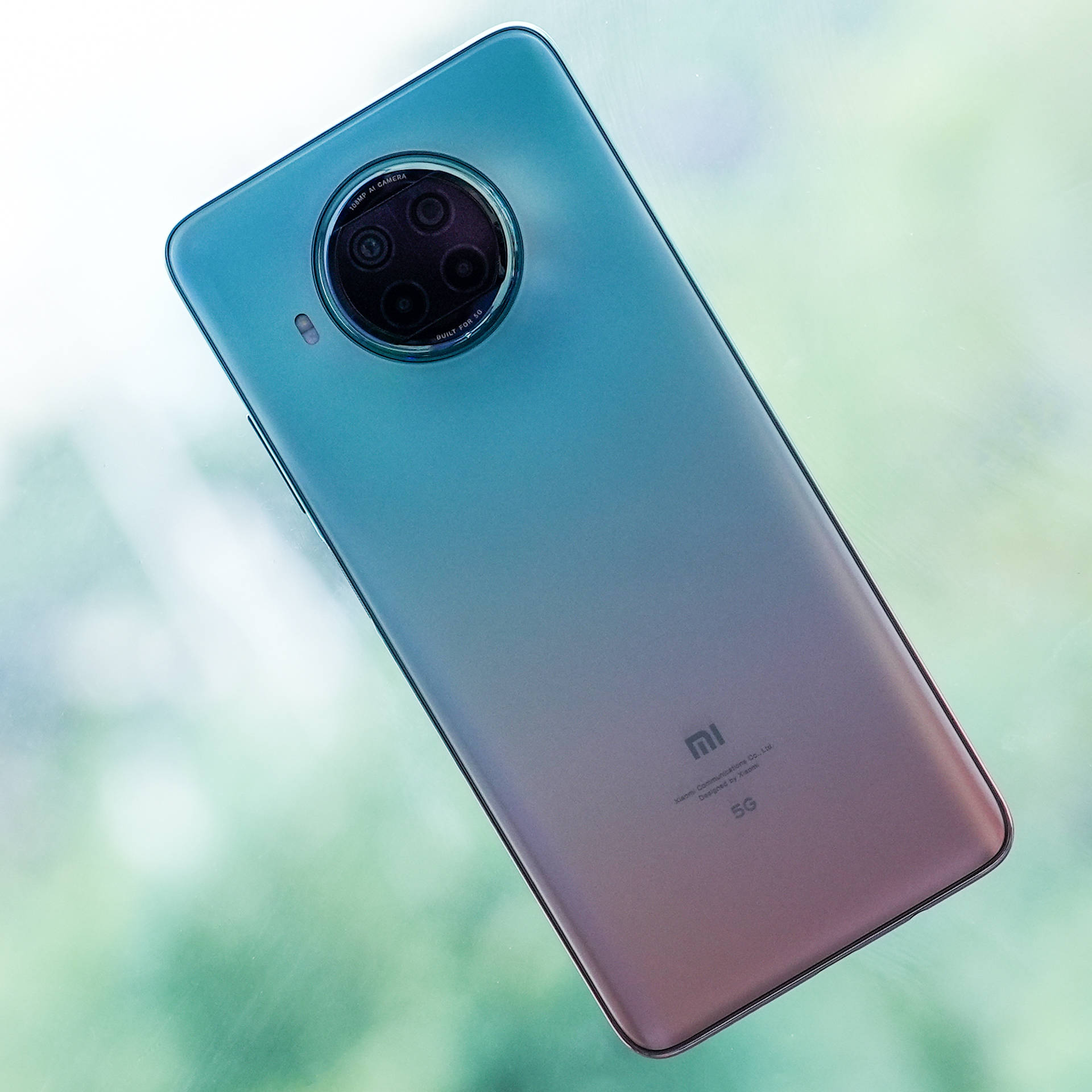
So should you be investing in the Mi 10i or the Redmi Note 10 Pro Max? It is an incredibly close call. And is really going to depend on your priorities. Those who want a great display are going to love the Note 10 Pro Max, and well it is more compact and also runs the latest version of Android. However, in terms of sheer performance, I think the Mi 10i has a clear edge thanks to that 750G chip. I also felt that the Mi phone had a slight edge in the camera department and won in speakers and battery as well, although the difference was never a huge one. And well, those who have an eye on 5G (I do not, not yet) will definitely prefer the Mi 10i again. It really boils down to your needs at the end of the day. The good part? You are unlikely to be disappointed either way.
The post Redmi Note 10 Pro Max vs Mi 10i: a real-life comparison first appeared on 91mobiles.com.
via ©91 Mobiles









ليست هناك تعليقات:
إرسال تعليق